TV stations are signing up for a new weather radar service that is filling the gaps that exist in the national weather radars. One station meteorologist says “if you asked any meteorologist in any of those markets, they would say this is so helpful.”
TV stations using the Next Generation Weather Radar (NEXRAD) network of 160 high-resolution S-band Doppler weather radars in their forecasts now have a new alternative to fill in the gaps between the NEXRAD radars that may have a harder time spotting potentially dangerous weather at low altitudes.
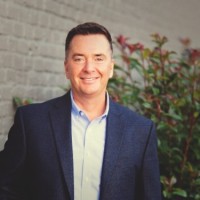
“These weather radars are augmenting the existing government NEXRAD radars focused on filling the low-level gaps that exist between those systems,” says Chris Goode, CEO of Climavision, which is partnering with The Weather Company, to make its network of radars available to broadcasters on a market-exclusive subscription basis.
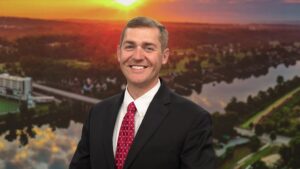
TV stations that have signed up for the service say the location of the Climavision radars is critical. “It was put in a very strategic spot to where it filled in the radar gap in our area,” says Riley Hall, chief meteorologist for WRDW, Gray’s CBS and MyNetworkTV affiliate in Augusta, Ga.
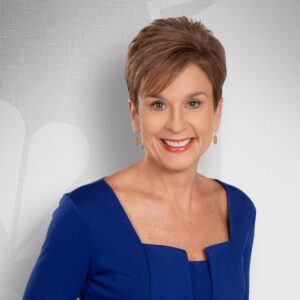
“When I heard we were going to get something in a location we really needed it, I was thrilled,” says Lanie Pope, chief meteorologist at WXII, Hearst’s NBC affiliate in Winston-Salem, N.C. “It gives us an ability to see things that are a lot closer to the ground. I have spent the last 25 years in either the Charlotte or Winston Salem market and in both of those markets we had that radar gap where we are sort of in between weather services radars. So I would say it’s crucial as a meteorologist to have that view — when you don’t have that view, you are flying somewhat blind.”
Goode says gaps in existing government radar below 5,000 feet are everywhere. “Roughly 65% of the US is data void in those areas, basically blind spots within the existing network.”
That’s a void that Climavision is looking to fill.
Goode says Climavision will have 30 live radar systems operating by the end of this year and 50 by Memorial Day of 2024.
“We focus on the areas the government radars are blind underneath 5,000 feet because that is where a lot of the current network is missing information,” Goode says.
Hall says the day WRDW first turned on the radar was a severe weather day in Augusta. “We had a confirmed tornado go through a portion of our viewing area that was very close to the newly installed radar. In the first images we got of that tornado, we could see a very clear debris signature that the other radars further away couldn’t make out. The low-level scans of these new radars are where they really shine.”
Pope tells a similar story about a severe thunderstorm system in her area with winds estimated at 70 miles per hour.
“The national service radars were giving readings of 20 to 30 miles an hour,” Pope says. “I put that Climavision radar right on it and it was giving me wind estimates of 50 miles an hour.”
The station took that information to interrupt normal programming with live cuts-ins telling viewers, “we have trees down in every county, get ready.”
Hall says the Climavision radar data integrates into the station’s animation and graphic display easily.
“That has been the really cool part about it,” he says. “We have it overlaid with other radar sites. It’s not really separate.”
Pope says The Weather Company integrates the new radar seamlessly into her weather presentation. “I just have another choice now,” she says. “We still need the national weather service radars, but this is just another layer. So instead of seeing three sweeping arms, you are going to see four now and one of those is that Climavision radar.”
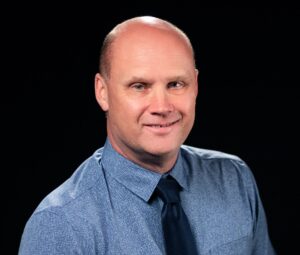
The added radar capabilities give subscribing stations an edge in their weather branding.
“We did a whole marketing campaign around the launch of it,” says Cory McRae, WXII’s creative director. “We are fortunate we have this access that other stations in our market don’t.”
Pope says Climavision is putting up more radar systems “exactly where we all need them. I think if you asked any meteorologist that works in any of those markets, they would say this is so helpful.”
“Especially when the weather is bad,” Hall says. “That is when those new radars really shine and where they help us out.”



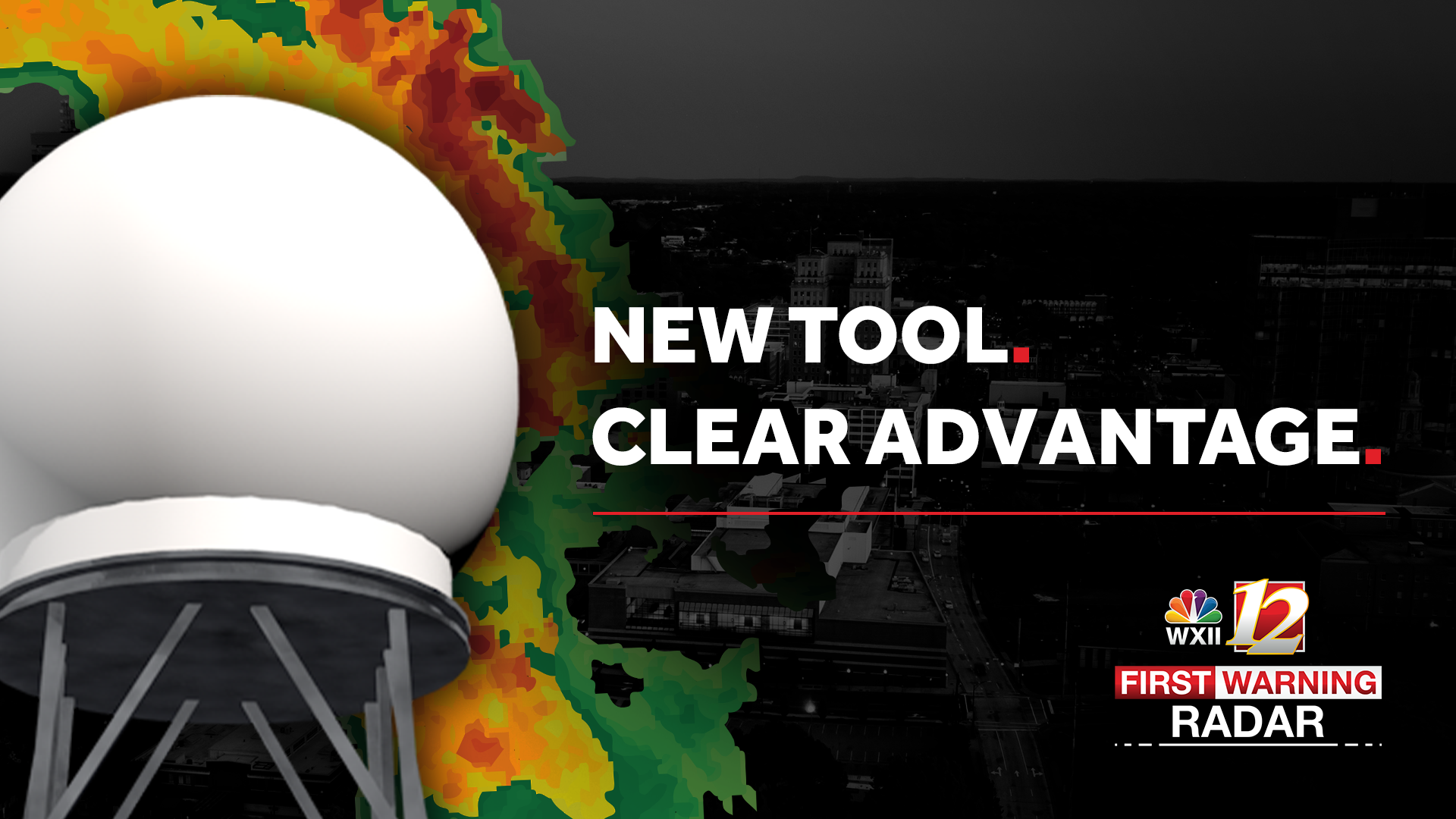


Comments (0)
Reader Interactions